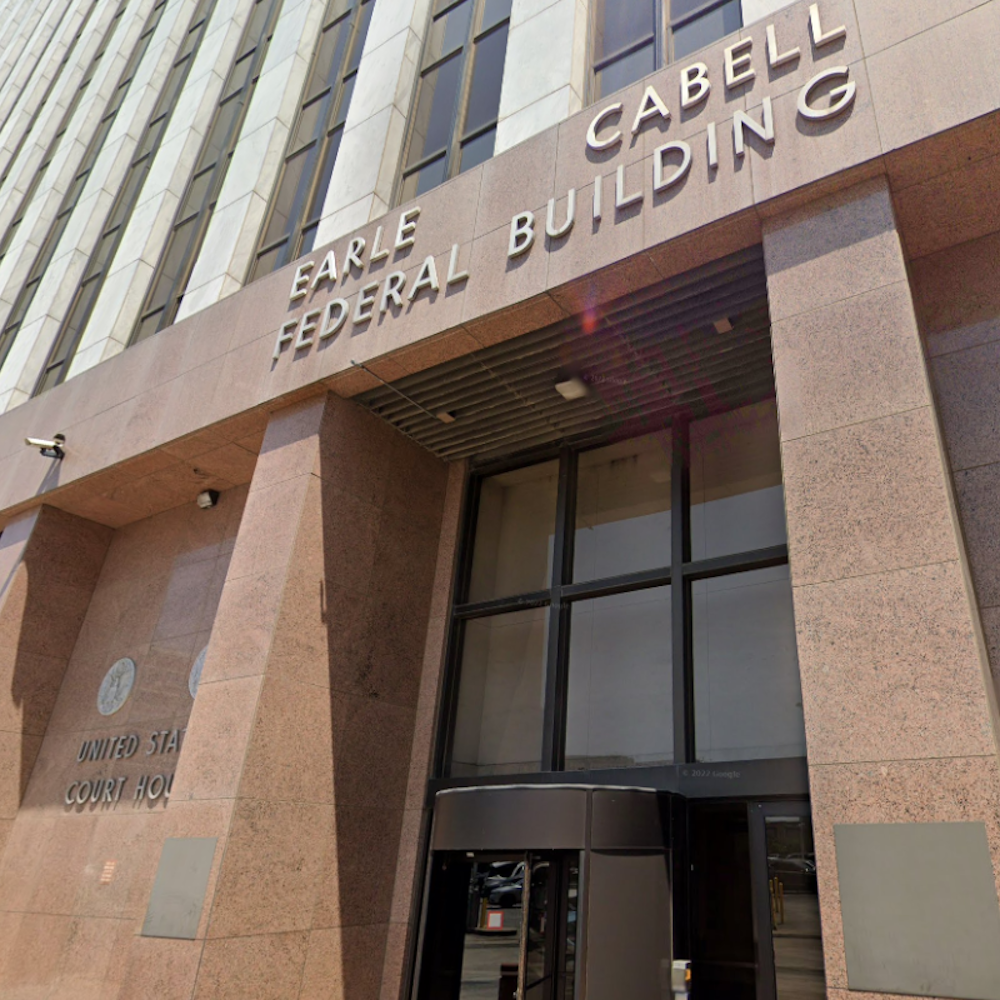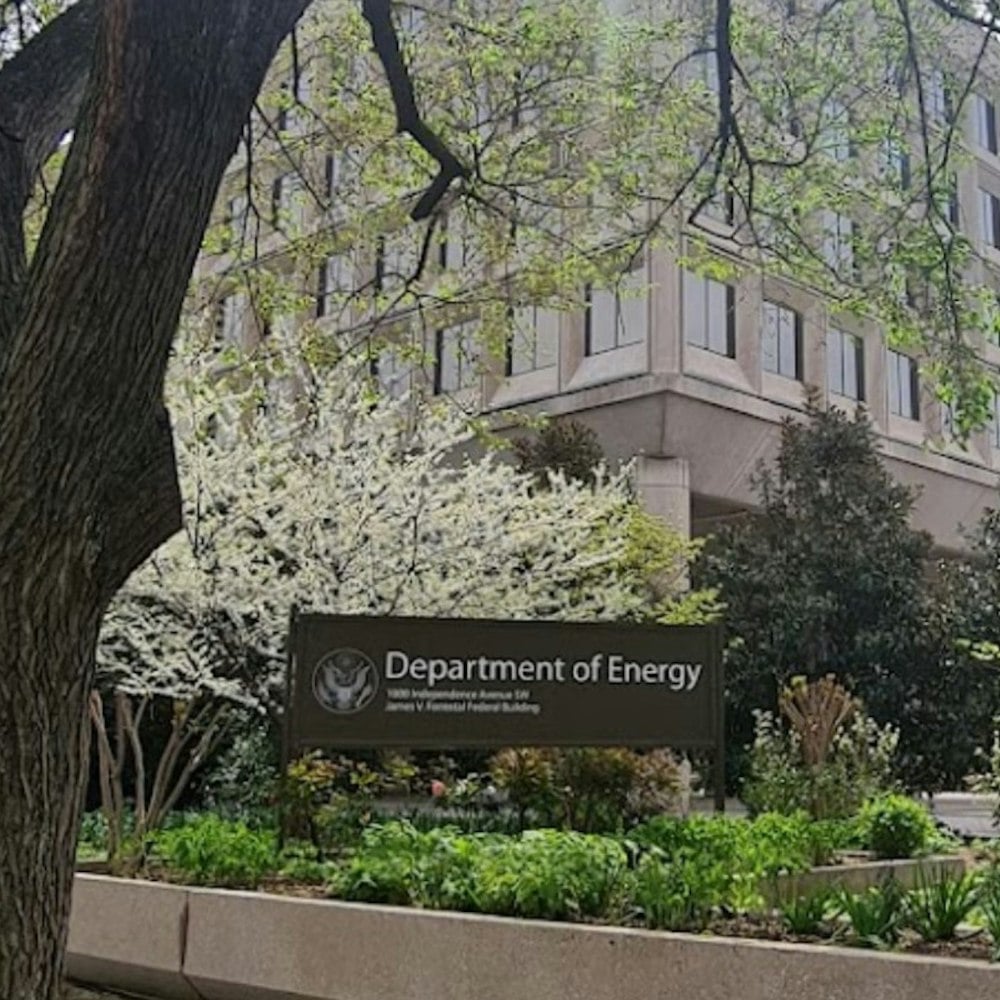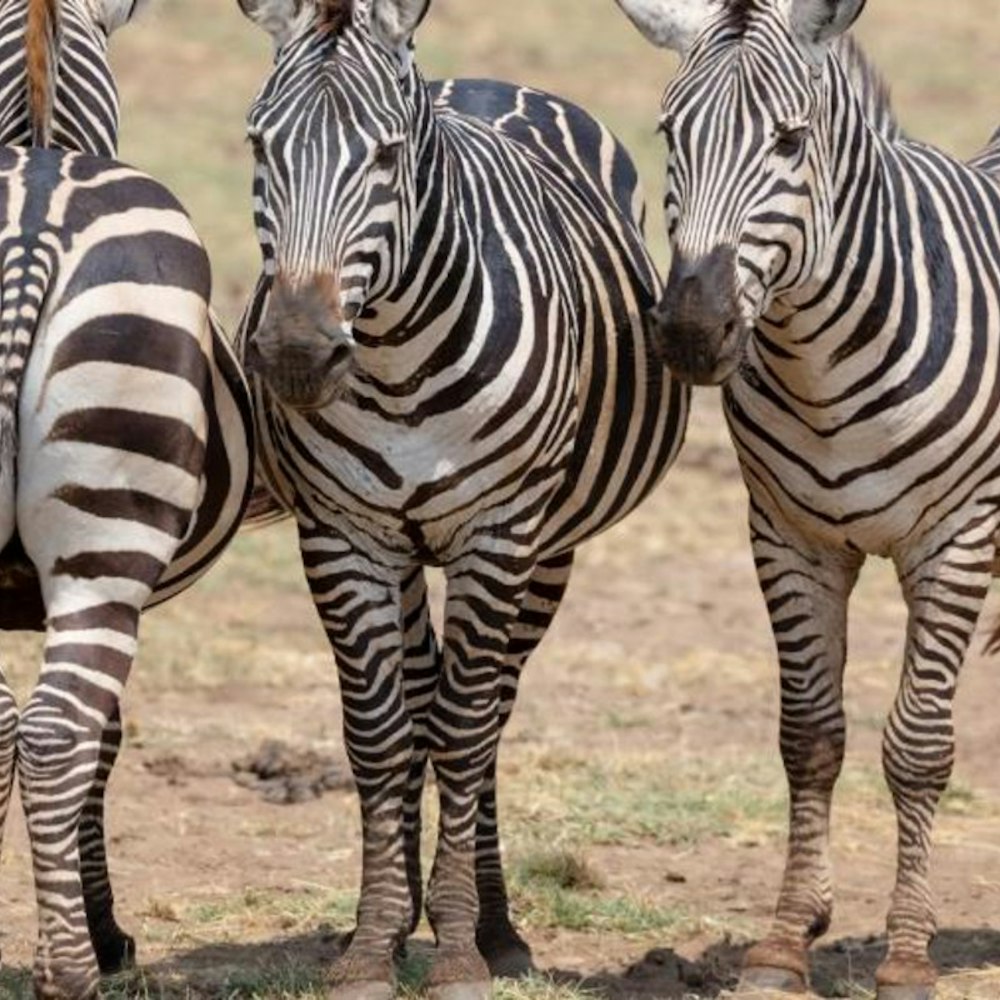
Washington state officials are sounding the alarm, declaring a statewide drought emergency with the snowpack and forecasts showing an unwelcome dry season ahead. As the Department of Ecology activates its contingency plans, water users are bracing for a summer of scarcity and the stark reality of climate change's grip tightening on the region. This will leave reservoir levels worryingly low and conservation efforts in high gear.
With the winter snowpack failing to meet expectations and the outlook for spring and summer far from promising, public entities across Washington are now eyeing a portion of the $4.5 million in drought response grants made available. These funds are a crucial lifeline for communities staring down the barrel of an impending water crisis, according to the Department of Ecology. Governor Jay Inslee highlighted the ongoing shift, saying, "As our climate continues to change, we're increasingly seeing our winters bring more rain and less snow," which means trouble for the state heavily reliant on winter snow to sustain its agricultural and ecological needs throughout the drier months, according to state officials.
However, not all areas are affected by this drought declaration. The cities of Seattle, Tacoma, and Everett seem to be oases amid the parched landscape, their advanced reservoir storage and sophisticated water management strategies setting them apart and insulating them against the challenges other parts of the state face.
Amidst worries about low flows and harsh conditions for aquatic wildlife, Washington Department of Fish and Wildlife Director Kelly Susewind shared concerns, stating, "With decreased snowpack and the potential for low flows and warmer water conditions this summer, it could be a difficult year for fish and other aquatic wildlife." These concerns, echoed by the state's agricultural sector, prompt a long-term demand for a more drought-resistant water management strategy. This effort to secure the future of both the people and the wildlife of Washington appears to be a priority amidst the encroaching drought.
This year's drought declaration isn't a sudden catastrophe but rather the continuation of a troubling pattern, with 2023's emergency measures covering 12 watersheds and warnings that a significantly cooler and wetter season was required to rebound from deficits—hope that was dashed by an El Niño weather pattern with its gift of warmer temperatures and bare mountain peaks.




-3.webp?w=1000&h=1000&fit=crop&crop:edges)




